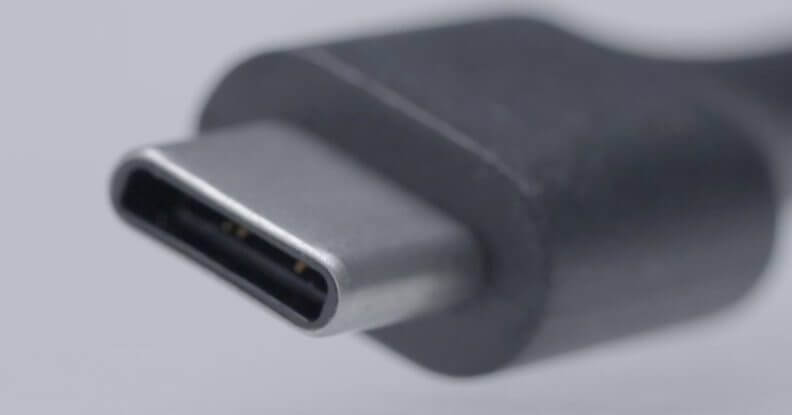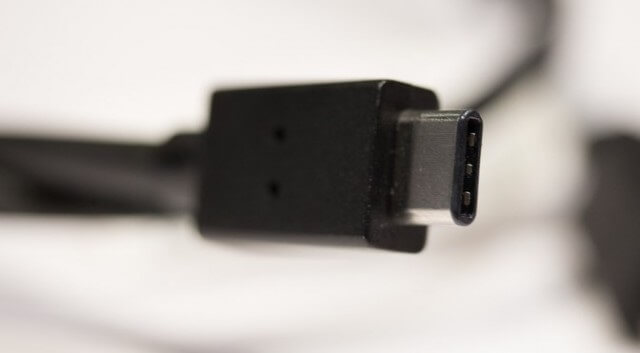Even if you do not consider yourself a techo-phile (that’s a person who is obsessed, to some degree, with technology) you may have heard some stirrings about the USB Type-C. And if you have heard about it, then you may have devised that it is probably the next generation of USB, after the 3.0.
And you would be correct.
But what makes the Primecables USB type C cable so special? How is it different—and better—than the USB 3.0 (micro)? After all, both Apple’s new MacBook and Google’s new Chromebook Pixel are equipped with USB-C charging ports.
Well, first of all, let’s take a quick look at the history of USB adapters.
A Quick USB History
Now, you are probably used to the standard USB Type-A. This was the first, of course, and many devices still used it, even as technology moved on to the USB 1 and USB 2, and the current USB 3. The connector for these has always been the same (though shrinking, in the case of the 3.0). USB cables and connectors, too, have been consistent in that you can only plug them into the charging base or the device a specific way. Over time, though, devices got smaller and smaller and the large USB-A ports were too big, hence the 1.0 and 2.0 and then the 3.0 getting smaller (without sacrificing function).
USB-C is Convenient
More importantly, though, the various types of USB ports and cables in use simultaneously can make it difficult to keep track of what you need for each device. USB-C solves that problem. It is super thin and reversible, but maintains power and functionality so that all of your devices can rely on a single technology, which certainly makes it more convenient for you.
USB-C is Versatile
But while the basic USB-C concept is to offer only one type of port and bus to make things easier, it will also tout several “alternative modes” that let you use your USB port to not only power a device but also transfer various types of data to equally various types of outputs. Similar to Apple’s Lightning cables, USB-C will be able to send data out to video via HDMI, VGA or other types of display concepts. There is even talk of developing USB-C audio ports so we no longer need the 3.5mm headphone jack, too.






